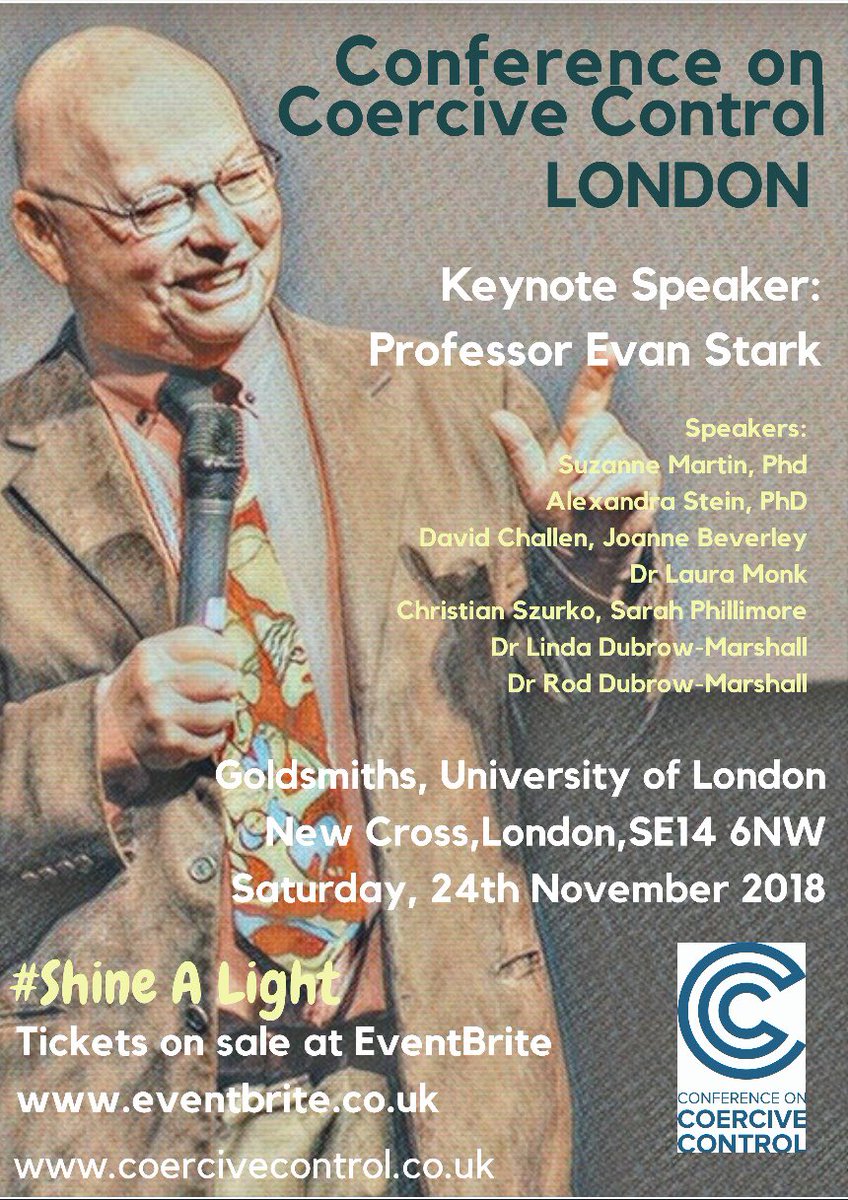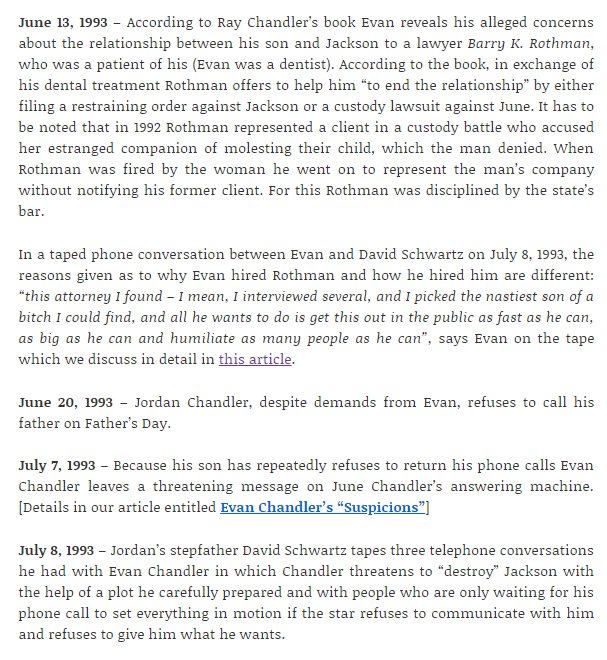THREAD
#onlineabuse #cyberabuse #trolling #cyberstalking #kudostrolling #flametrolling
Trolling was seen as luring others online into pointless, time-consuming arguments and to ‘get a rise’ for a troll’s amusement or to alleviate boredom.
It has now become intentionally malicious behavior to specifically cause distress.
A deliberate attempt by to create conflict and distress by communicating inflammatory, provocative, and menacing comments to the target.
Trolling is recognized as an antisocial behavior that is perpetrated online.
- Aggression
- Deception (through Internet anonymity)
- Disruption
- Success (when the troll receives the desired response)
There are 2 types of trolling:
1. Kudos Trolling - povoking others for mutual enjoyment and entertainment.
2. Flame Trolling- Abusive and intentionally malicious behavior that is not intended to be humorous but aims to disrupt and distress.
A study exploring the effect exposure to trolling had on subsequent perpetration of trolling, examined examples of trolling such as:
swearing
personal attacks
veiled insults
sarcasm
Results suggested psychopathy is associated with trolling behaviours and narcissism with a tendency to see oneself superior to others.
Flame trolling becomes the more harmful #cyberbullying.
Flame trolling can be short lived while Cyberbullying is enduring and often includes stalking behaviour.
Do those perpetrating this behavior believe there is mutual enjoyment?
Or are they enjoying the potential harm others experience at the expense of their behavior?
Ever since joining Twitter, I’ve observed how some accounts interact with others. Whilst there are some who like to provoke others as a form of mischief-making, or some with a robust and strident communication style, there is a specific group that stands out.
Psychopathy
Narcissism
Machiavellianism
Sadism
What separates them from other trolls is their sense of entitlement.
They believe they are justified in their behaviour.
This cyberbullying has included #stalking #harassment and #mobbing and has been conducted in a specific way to exact distress whilst remaining undetected.
1. I tend to manipulate others to get my way
2. I tend to lack remorse
3.I tend to want others to admire me
4.I tend to be unconcerned with the morality of my actions
5.I have used deceit or lied to get my way
7.I have used flattery to get my way.
8.I tend to seek prestige or status.
9.I tend to be cynical.
10.I tend to exploit others toward my own end.
11.I tend to expect special favors from others.
12.I want others to pay attention to me.
NARCISSISM
Narcissistic Personality Disorder is a DSM-V diagnosis. The more well known stereotypes are superior, grandiose, demanding, prideful, boastful, arrogant, and self-centered but they can also be introverts.
drcraigmalkin.com/blog/narcissis…
Named after Niccolò di Bernardo dei Machiavelli, often called the father of modern political science and author of The Prince in the 1500’s.
It outlines a political philosophy on how rulers are to govern their subjects.
It can therefore not be inherited; rather it is a learned behavioral pattern of manipulation and exploitation of others.
Unlike Psychopaths and Sadists, they are too calculating to risk vengeful or cruel behaviour.
Psychopaths are under the Anti-Social Personality Disorder umbrella listed in the DSM-V along with Sociopaths and Sadists.
A psychopath has the ability to create an entire persona in direct contrast to who they really are.
Psychopathics are pathological liars, remorse free, and dangerous.
Their personality is both inherited and developed through a traumatic and abuse childhood.
Sadists are a part of Anti-Social Personality Disorder now. In the past they had a separate diagnosis under the old DSM formats.
The name Sadism comes from Marquis de Sade (1740-1814) a French philosopher, writer, libertine and the author of 120 Days of Sodom
Do those engaging in this behavior believe that they there is mutual enjoyment?
Whilst there is an overriding view that these trolls are pathetic creatures looking for attention, such an view downplays the seriousness of their perpetration.
The perpetrators who reside below the radar.
It is almost always malicious and relies on rumor, innuendo, intimidation, humiliation, discrediting, and isolation.
One of the main reasons bystanders do nothing is because they are simply not aware of how mobbing campaigns operate.
They would never admit what they are doing. They play the “I've done nothing, it’s someone else “ card.
Their aims are:
*Character assassination
* To ensure others distance themselves from the targeted individual.
* Inciting others to mock, goad, provoke the target into responding.
The ringleader relies on the knowledge that the target is hyper vigilant and will be aware of a smear campaign specifically targeted towards them.
Because of the bespoke nature of the abuse, not everyone will be privy to the triggers and so will be oblivious to what is going on.
The natural reaction for a victim of #mobbing is to highlight what is going on &the common response of those around the victim is disbelief.






















